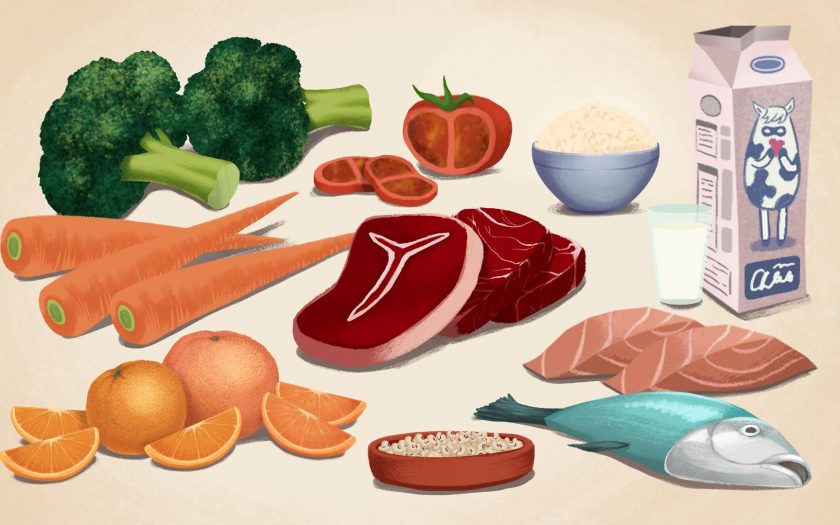The modern world has become so progressive and rapid that our body sometimes fails to keep up with it. Constant snacks, frequent stresses, poor ecology – even the healthiest person can’t withstand it. In pursuit of material goods and fleeting happiness, we often forget about the most important thing – our health. Of particular risk are people who suffer from a deficiency of a certain element in the body – iodine. And, in this case, eating the right food is not enough – it cannot dramatically change the situation. It is necessary to clearly and correctly build a food scheme for yourself, in what we will help you.
First of all, you should understand the sources of the problem. Many people live with it without even knowing the iodine deficiency in their body, often complaining of bad mood, weakness, lethargy, decreased appetite and frequent colds, citing difficult work or regular stress. Although, in fact, the above points are direct symptoms of iodine deficiency. Also, the symptoms of iodine deficiency are bad memory, hearing loss, hair loss, tooth decay, and dry skin.
Deficiency of this extremely important trace element is facilitated by several factors: habitat, pregnancy, heredity, and, of course, eating habits. If the first three factors are difficult to put under your own control and often, in this case, it is best to consult an endocrinologist, then the question of nutrition is resolved at the time you decide to take care of your own health. Well, let’s start?
Food products
Even in school chemistry and biology classes, teachers, taking care of us, we’re not too lazy to remind us once again that fish and seafood contain a huge amount of iodine, which is so necessary for the growth of the body. Indeed, in regions where people consume these products in large quantities, there is virtually no problem with iodine deficiency. 100 g of sea kale contains a daily rate of iodine, namely 150-200 mcg. For example, here is a list of seafood containing the highest level of iodine (per 100 g):
- Fish oil – 700 mcg;
- Cod liver – 350 mcg;
- Sea cabbage – 150-200 mcg;
- Salmon – 200 mcg;
- Squid – 200 mcg;
- Shrimps – 190 mcg;
- Pollock – 150 mcg;
- Sea bass – 145 mcg.
Next are berries, fruits, and vegetables. Any child knows how useful these gifts of nature, but few people know that cranberries contain more iodine than many kinds of seafood. Fruits and vegetables may be the one where you don’t have to worry about abuse. But for a more accurate calculation of iodine consumed, we also provide a small list:
- Cranberries – 350 mcg;
- Apples (with seeds) – 70 mcg;
- Feijoa – 70 mcg;
- Salad – 60 mcg;
- Persimmon – 30 mcg;
- Spinach – 20 mcg;
- Mushrooms – 18 mcg;
- Broccoli – 15 mcg;
- Greens (on average) – up to 15 mcg;
- Beans – 12 mcg;
- Peas – 10 mcg;
- Grapes – 8 mcg;
- Beetroot – 7 mcg;
- Potatoes – 5 mcg.
Iodine is also found in meat and dairy products:
- Pork – 17 mcg;
- Beef – 12 mcg;
- Butter – 9 mcg;
- Whole milk- up to 19 mcg;
- Cheeses – 11 mcg;
- Chicken yolk – 12-25 mcg;
Nuts, especially walnuts, cedar, almonds, are also rich in iodine. But it should also be noted that nuts are a high-calorie product that is not recommended for abuse. Nutritionists advise adding them to the diet in the morning, as well as flour products and cereals, which continue the list of iodine-containing foods.
- Oats – 20 mcg;
- Rye – 8 mcg;
- Bread – 9 mcg;
- Wheat flour – 9 mcg;
- Buckwheat – 4 mcg.

